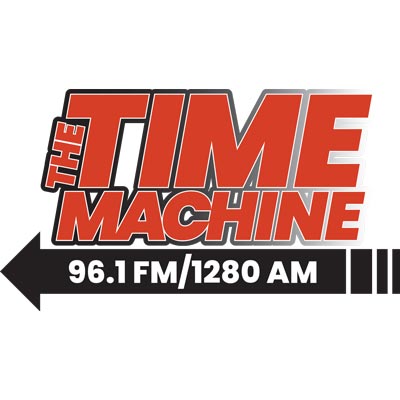The Trump administration’s Department of Education has begun releasing more than $6 billion of grant money to states through five programs, including funds for children who are in the country illegally and enrolled in public schools nationwide.
Congress, led by Republicans, appropriated nearly $6.2 billion for five state grant programs for fiscal year 2024 to 2026. The USDE published the grant amounts in state tables by program and by state “Fiscal year 2024-FY 2026 President’s Budget.”
“The totals do not reflect all Department funds that a State receives. States and other entities may also receive Department funds awarded on a competitive basis,” it says.
The five grant totals/programs include:
$375,626,000 for the Migrant Education Program “to ensure that all migratory children reach challenging academic standards and graduate with a high school diploma (or complete a HSED) that prepares them for responsible citizenship, further learning, and productive employment.”$2,190,080,000 for the Supporting Effective Instruction Program to increase student achievement, including providing low-income minority students greater access to effective teachers, principals and school leaders.$890,000,000 for the English Language Acquisition to “improve the education of English Learner (EL) children and youth by helping them learn English and meet challenging state academic content and student academic achievement standards” and provide “enhanced instructional opportunities for immigrant children and youth.” Funds are distributed to states based on a formula of how many immigrant and EL students are enrolled in public schools in each state.$1,405,000,000 for the Student Support and Academic Enrichment Program to “provide all students with access to a well-rounded education; improve school conditions for student learning; and improve the use of technology in order to improve the academic achievement and digital literacy for all students.”$1,329,673,000 for the Nita M. Lowey 21st Century Community Learning Centers (21st CCLC) that “provide academic enrichment opportunities during non-school hours for children, particularly students who attend high-poverty and low-performing schools.”
The 10 states receiving the most money for “migrant education” are California (nearly $121 million), Washington (nearly $38 million), Oregon (more than $22 million), Alaska ($21.3 million), Texas ($20.6 million), Florida (more than $17 million), Pennsylvania (more than $11 million), New York (more than $10 million), Arizona (nearly $10 million) and Georgia (more than $9 million).
The only states, territories and other entities receiving $0 for this grant program: American Samoa, Connecticut, District of Columbia, Freely Associated States, Guam, Indian set-aside, Northern Marian Islands, Puerto Rico, Rhode Island, Virgin Islands, West Virginia and Wyoming.
Of the nearly $900 million allocated for non-English speaking students, the ten states that received the money are: California (more than $157 million), Texas (nearly $140 million), New York (more than $65 million), Florida (more than $56 million), Illinois (more than $30 million), New Jersey (more than $28 million), Georgia (more than $21.5 million), Massachusetts (more than $20 million), North Carolina (more than $19 million) and Pennsylvania (more than $19 million).
This month, for example, the Texas Education Agency announced the USDE released 21st CCLC funding on July 21 and funds for migrant education, English Language and the two other programs beginning July 28.
“Until the grant award is received, it is unknown if the start date will remain July 1, 2025, or a later date. These grant awards are expected to be received in the coming weeks and will have additional provisions ensuring compliance with all executive orders. USDE will also be conducting additional monitoring reviews to ensure programmatic and fiscal compliance,” TEA said.
Texas is expected to receive nearly $661 million, second behind California’s $810 million, for all five grant programs.
New York is receiving more than $411 million; Florida $347 million; Illinois $218 million; Pennsylvania nearly $210 million; Ohio nearly $185 million; Ohio $184 million; North Carolina $165 million; Michigan $157 million, rounding out the top ten states receiving the most for the five programs, according to the data.






